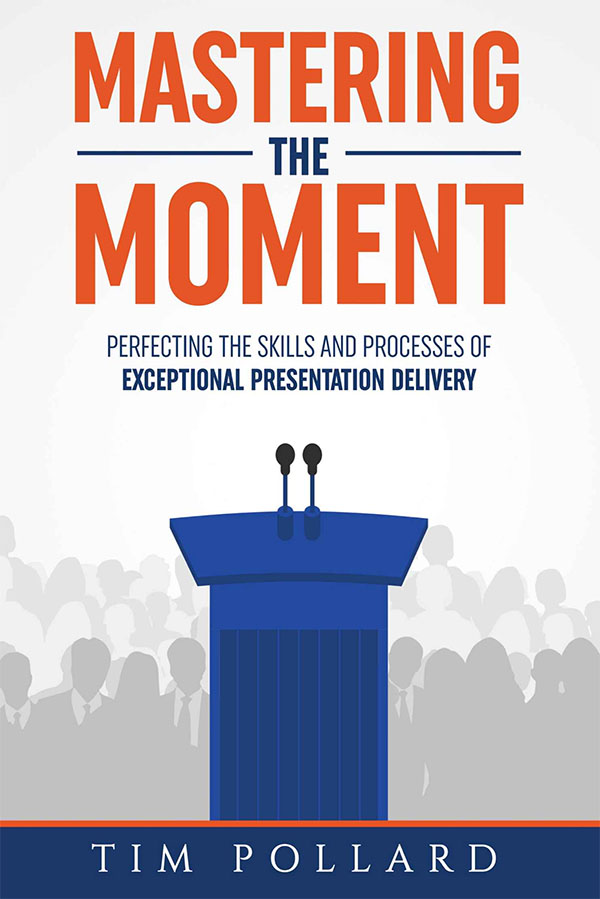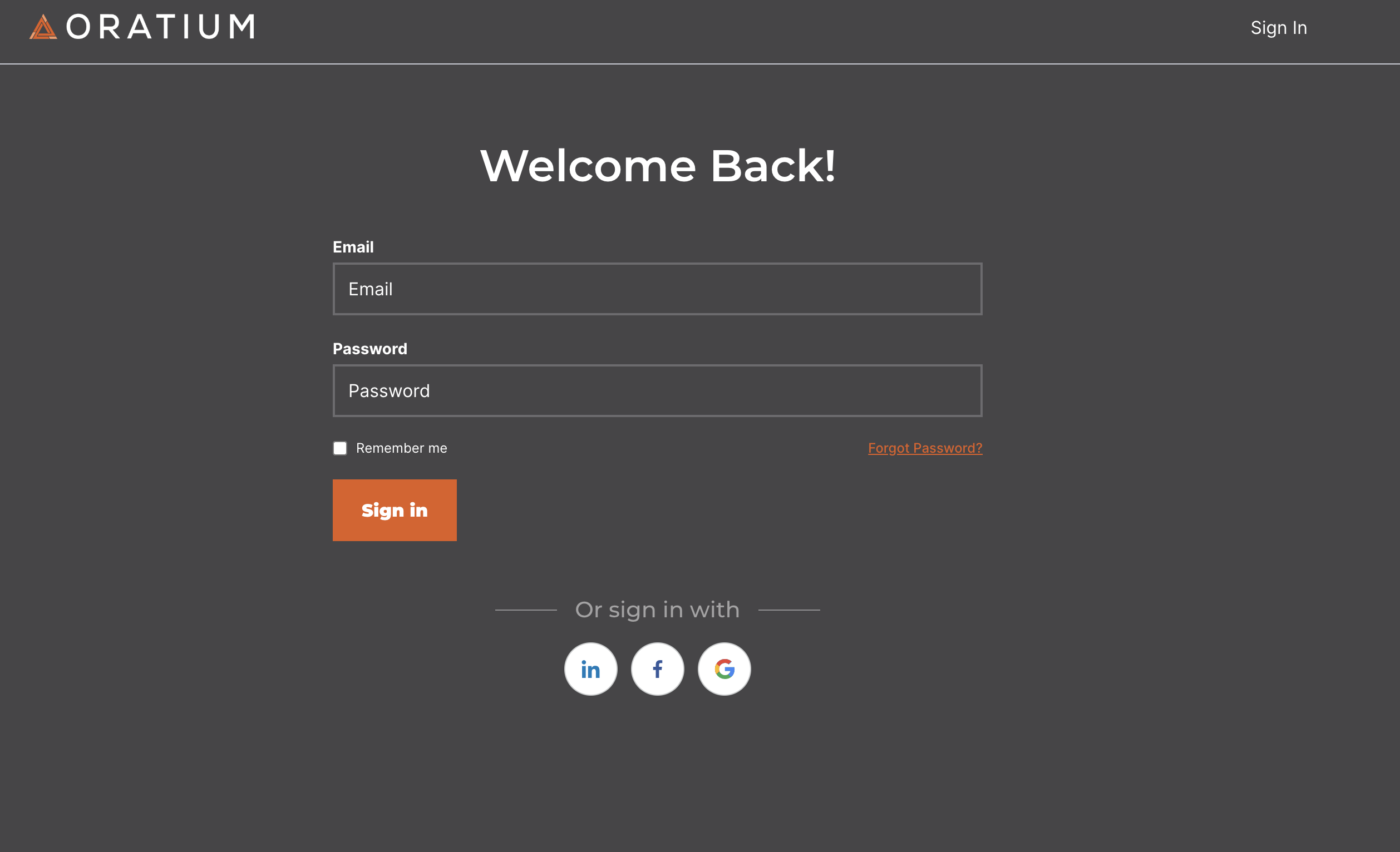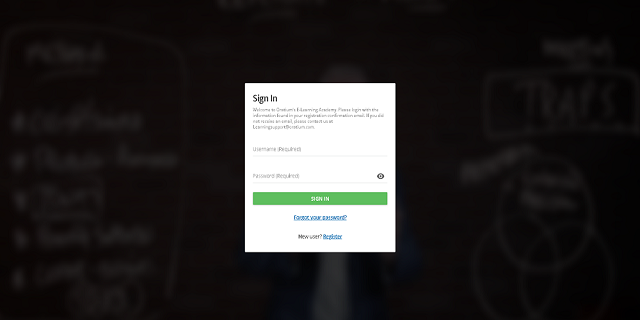In our workshop, we teach that if you understand and align with how the human brain processes information, you can vastly improve the effectiveness of your communications and the engagement of your audience.
Typically when I teach this, I offer 3 different ways to build audience engagement.
But I read something recently that beautifully pulled together these three seemingly separate elements, all related to how the brain processes information. And it almost caused my brain to melt.
Let me back up – the three different elements are: preventing multi-tasking, showing the audience early on the relevance of your presentation, and using stories effectively.
Up until today, I taught these elements within a single framework, but as three independent ideas.
To briefly expand on each of these…
First – multi-tasking – Whenever we are consciously processing an activity – reading a book, writing a text message, calculating a tip, trying to find an address, or a hundred other things that require us to focus, we are using our working memory (often described as RAM for the brain.)
In contrast, there are a thousand things we do every day that do not do not require any focused attention – things like breathing, not bumping into things when walking, and chewing gum. To accomplish these tasks, our brain instead uses its long-term memory.
But try to have a conversation while simultaneously reading a book, and you see that when you divide your attention between two tasks that require working memory, both tasks become more difficult – the if not impossible. Why? because our working memory is extremely limited.
And, of course, so is our audience’s.
From this, one lesson for communicators is to do everything in your power to ensure your audience is not engaged in another task that will take up their working memory while you are speaking to them.
Now, even if they are not distracted, it does not mean they will automatically pay attention to you. This gets to my second point – we are all constantly filtering the information coming at us, and determining what is worthy of our attention.
This is a survival mechanism, and actually ties back to the limitations of working memory. Our brain cannot consciously process all the information coming in through all of our senses. It does a good job (through our cognitive unconscious) of determining what is worth focusing on, and what isn’t. If our brain did not do this, we would quite literally go crazy trying to process everything we see, hear, feel, etc.
And, because of a psychological phenomenon called cognitive bias – once our brain decides that something is not worth focusing on, we do not revisit that decision.
Nor does our audience’s brain.
So – the lesson for us as communicators is to be very clear in the first few minutes of our message that what we are saying is worth our audience’s attention. That helps you to get past the filter of the cognitive unconscious.
Now – the third idea – storytelling – was not specifically aligned with either of the previous points…or so I thought.
Instead, there is a constant question in communications: “what will keep our audiences engaged and make our points memorable?” (Hint – it’s not facts and data and statistics and background. Another hint – every human being is hardwired to engage around stories.)
There are dozens of studies proving that stories align with how our brains want to process information. This makes sense intuitively: for thousands of years humans shared knowledge primarily in story form…around campfires, in religious texts, as ways to maintain culture and history. But this isn’t just tradition: science now backs this up as a powerful tool for transferring knowledge.
So the lesson for communicators is to engage your audience by using story wherever appropriate.
So, three different lessons – all valuable (and I could spend an hour on each of these – but this is a blog, so I won’t.)
But what melted my brain, and brought these different brain-based communications lessons together, was a single paragraph from a great book I am reading – “Wired For Story” by Lisa Cron. Cron says,
Stories do what our cognitive unconscious does: filter out everything that would distract us from the situation at hand. In fact, stories do it better, because while in real life it’s nearly impossible to filter out all the annoying little interruptions – like leaky faucets, dithering bosses, and cranky spouses – a story can tune them out entirely as it focuses in on the task at hand…
What she is saying is that a well-told story is even more powerful than we had originally imagined – you’re not just creating engagement – when you tell a good story, you make it easier for your audience to get your idea, because you are not taxing their working memory with extraneous detail. With one tool, we are serving three different needs of the brain – to simplify, to filter, and to engage.
What does all this lead to? Not a radical shift from what I discuss above, but emphasis on the last lesson – if you want your message to be heard, processed, and remembered, you must use story!




